Welcome to my channel. I’m Scott, and today we’ll dive into valuing Altise stock by analyzing its financial statements and key ratios to decide if it’s a buy or a sell. This article covers the first half of our detailed walkthrough—stay tuned for part two.
Company Snapshot
Altise is a small-cap telecom provider, serving millions of residential and business customers with TV, internet, and telephone services. Here are the core metrics:
| Metric |
Value |
| Market Cap |
$958 million |
| Share Price |
$205 |
| Shares Outstanding |
467 million |
| Services |
TV; Internet; Telephone |
Free Cash Flow Trends
Valuing a company hinges on projecting future free cash flows (FCF)—cash flow from operations minus capital expenditures—and discounting them back to today’s dollars. Altise’s FCF trajectory has weakened notably:
- 2022: $500 million
- 2023: $–83 million
That slide from positive half-billion to negative cash flow is a red flag for growth and dividend safety.
Earnings and Revenue Dynamics
Net income measures profit on the income statement (revenue minus expenses). Altise’s net income fell from $200 million to $160 million. Revenue also dipped from $9.6 billion to $8.9 billion over the same period, hinting at broader demand challenges in its markets.
| Year |
Free Cash Flow |
Net Income |
Revenue |
| 2022 |
$500 million |
$200 million |
$9.6 billion |
| 2023 |
–$83 million |
$160 million |
$8.9 billion |
DCF Valuation Summary
We modeled four years of FCF projections plus a terminal value of $2.1 billion for all cash flows beyond year four. Discounting with the WACC yields a total company value of $1.7 billion. Dividing by 467 million shares gives a per-share value of $357. At a market price of $205, that implies a 43% discount, labeling it an attractive buy per our model.
Industry Capex Comparison
Telecom firms require hefty capital expenditures to build and maintain networks—landlines, cables, telephone poles, and more. Altise spends about $1.5 billion annually on capex. By contrast, legacy giants like AT&T allocate over $21 billion.
| Company |
Capex Spend |
| Altise |
$1.5 billion |
| AT&T |
$21 billion |
| Verizon |
$18 billion |
Dividend Yields and Cash Flow Peers
Investors love telecoms for dividends. AT&T yields about 5%, Verizon nearly 8%, Vodafone 10%, and Cogent over 10%. But with negative free cash flow, Altise can’t support a payout. Meanwhile, peers generate huge FCF:
| Company |
Free Cash Flow |
Market Cap |
| Verizon |
$20 billion |
$220 billion |
| AT&T |
$20 billion |
$200 billion |
| Vodafone |
$12 billion |
$85 billion |
| Telus |
$1.3 billion |
$50 billion |
Valuation Ratios
Altise’s financial stress shows up in its ratios:
- Negative book value (liabilities exceed assets) makes price-to-book impossible.
- Negative earnings prevent computing price-to-earnings.
- Price-to-free-cash-flow is undefined with negative FCF.
- Price-to-sales stands at 0.1, among the best in telecom, reflecting $9 billion in revenue vs. sub-$1 billion market cap.
| Ratio |
Value |
| Price/Book |
N/A (negative) |
| P/E |
N/A (negative) |
| Price/FCF |
N/A |
| Price/Sales |
0.1 |
Revenue Growth & Trading Range
Altise’s 5-year annual revenue growth rate is –2%, compared to Liberty Broadband’s +131%. In the last 52 weeks:
- Altise trades near its midpoint between low and high.
- AT&T and Chunghwa Telecom hover close to their highs.
- Lumen Technologies sits 324% above its low—a reminder of timing.
| Company |
5-Yr Revenue Growth |
52-Week Position |
| Altise |
–2% |
Midpoint |
| Liberty Broadband |
+131% |
Near High |
| AT&T |
+5% |
1% below High |
| Lumen Technologies |
–15% |
324% above Low |
Altise Q1 2025 Financial Deep Dive & Risk Analysis
Welcome back. In part two, we’ll dissect Altise’s Q1 2025 results—income statement, cash flows, balance sheet, debt structure, capex allocation, market performance, and insider activity—to gauge whether the stock is a buy, hold, or sell.
Q1 Revenue & Profitability
Total revenue slid by $99 million year-over-year, from $2.25 billion to $2.15 billion.
Operating income fell to $340 million, down from $390 million, as programming and direct costs each ran about $700 million.
Heavy depreciation and amortization—driven by fixed assets—plus $428 million of interest expense drove a net loss of $72 million versus a $13 million loss in Q1 ’24.
Despite the net loss, non-cash charges cushion cash flow (we’ll cover that next).
| Metric |
Q1 2025 |
Q1 2024 |
| Total Revenue |
$2.15 billion |
$2.25 billion |
| Operating Income |
$340 million |
$390 million |
| Depreciation & Amortization |
$418 million |
$400 million¹ |
| Interest Expense |
$428 million |
$420 million¹ |
| Net Income |
–$72 million |
–$13 million |
Cash Flow & Adjusted EBITDA
Starting from the –$72 million net loss, adding back interest and D&A yields roughly $800 million of adjusted EBITDA.
Operating cash flow stood at $488 million—less than half of last year’s quarter—even before capex.
Capex of $356 million outstripped operating cash flow, turning last year’s $64 million positive free cash flow into a negative figure this quarter.
Negative free cash flow despite robust EBITDA underscores heavy reinvestment and financing needs.
| Cash Flow Metric |
Q1 2025 |
Q1 2024 |
| Adjusted EBITDA |
$800 million |
$820 million¹ |
| Operating Cash Flow |
$488 million |
$400 million¹ |
| Capital Expenditures |
$356 million |
$320 million¹ |
| Free Cash Flow |
–$132 million |
+$80 million¹ |
Balance Sheet & Debt Profile
Altise carries $32 billion of assets—split among franchise rights ($8 billion), goodwill ($8 billion), and PP&E ($8 billion)—but has $32 billion of liabilities, producing negative equity.
Current assets of $769 million cover only 30% of current liabilities ($2.2 billion), yielding a current ratio of 0.3.
Total debt hits $25 billion, with multiple notes maturing between 2026 and 2040 at interest rates up to 11.75%.
Heavy leverage and looming maturities heighten bankruptcy risk if cash flows don’t rebound.
| Debt Instrument |
Amount |
Rate |
Maturity |
| Senior Note |
$2 billion |
5.75% |
2030 |
| High-Yield Note |
$2 billion |
11.75% |
2029 |
| Light Path Senior Note |
$1 billion |
9.00% |
2031 |
| Credit Facility |
$7 billion |
7–9% |
Revolving |
| Other Notes |
$13 billion |
6–11% |
2026–2040 |
Capex Allocation & Financing
Q1 capex of $356 million split into customer equipment ($120 million), network infrastructure ($113 million), support ($66 million), and business services ($54 million).
Maintenance needs likely dominate this spend, given flat revenue over the past eight years.
In financing activity, Altise drew $450 million of new long-term debt and repaid $220 million, using net debt proceeds plus $187 million of operating cash flow to fund capex.
The reliance on debt to cover investment needs underscores balance-sheet strain.
| Capex Category |
Q1 2025 Spend |
| Customer Equipment |
$120 million |
| Network Infrastructure |
$113 million |
| Support |
$66 million |
| Business Services |
$54 million |
Market Performance & Outlook
At $205 per share, Altise’s market cap is $958 million, down 9% over the last week and 2% over the past year.
Once near $38 in 2021, the share price plunged to $1.60 before rebounding toward $2 today, making timing treacherous.
Simply Wall Street rates the stock 84% undervalued, forecasting free cash flow growth to $870 million by 2034 at an 11.6% discount rate.
However, revenue has hovered around $9 billion since 2017, and steep insider selling—founder offloading up to 1.6 million shares weekly—raises governance questions.
| Metric |
Value |
| Undervaluation Estimate |
84% |
| FCF by 2034 (Forecast) |
$870 million |
| 2014 Revenue |
$6.4 billion |
| Current Revenue |
$8.9 billion |
| Insider Ownership |
42% |
| Institutional Ownership |
58% |
| Founder Stake |
40% |
| Employee Count |
11,000 |
Recommendation: Sell
Given Altise’s heavy debt burden, negative equity, flat revenue, and fragile free cash flow, the risk of further share price erosion or restructuring is high. While some models suggest deep undervaluation, the balance-sheet and operational headwinds outweigh that thesis. Proceed with caution: this is a sell for most investors.
https://youtu.be/jzqtt6d0RQ4?si=oP0U92zssEpo7Fvs
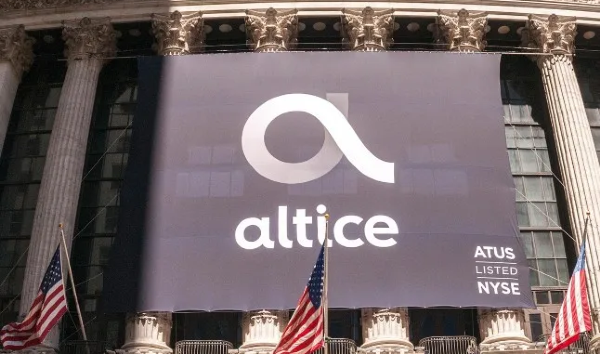
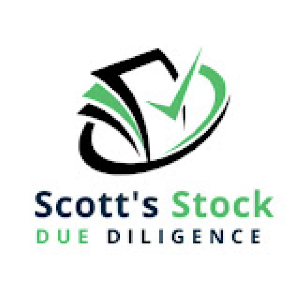
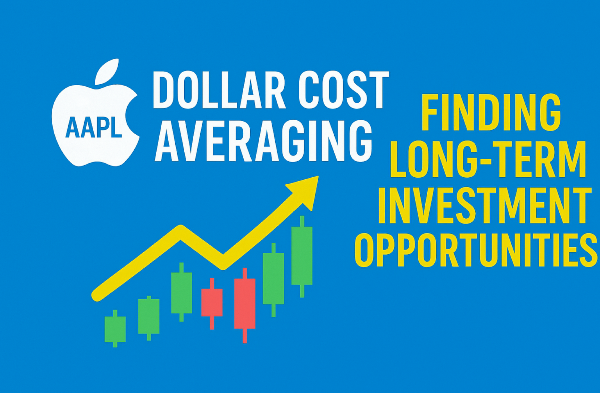




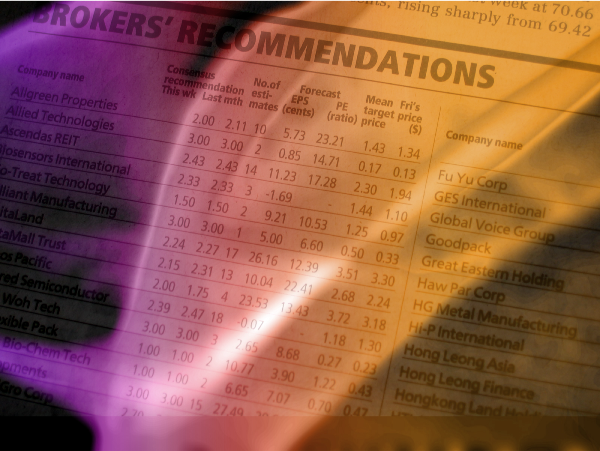

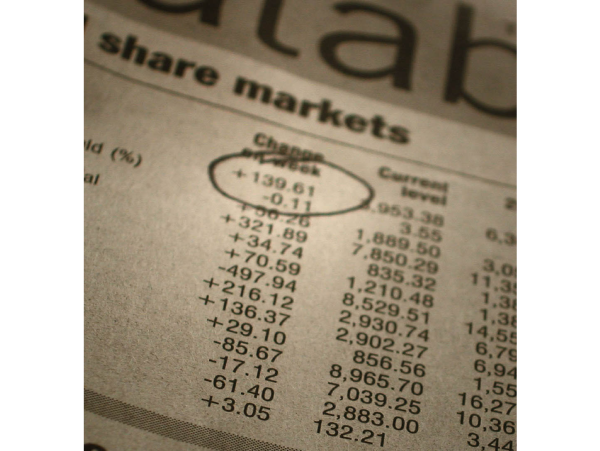


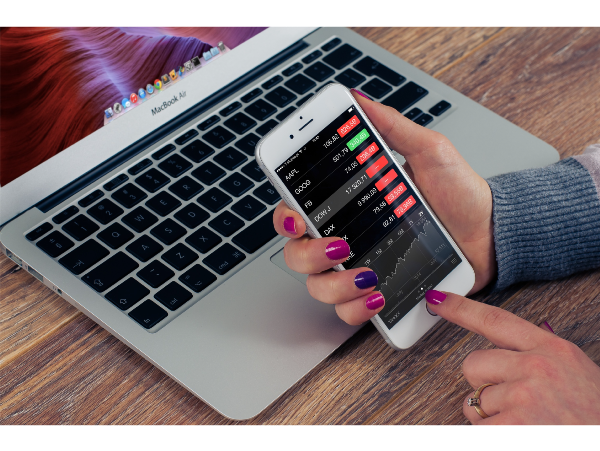

















Welcome to my channel. I’m Scott, and today we’ll dive into valuing Altise stock by analyzing its financial statements and key ratios to decide if it’s a buy or a sell. This article covers the first half of our detailed walkthrough—stay tuned for part two.
Company Snapshot
Altise is a small-cap telecom provider, serving millions of residential and business customers with TV, internet, and telephone services. Here are the core metrics:
Free Cash Flow Trends
Valuing a company hinges on projecting future free cash flows (FCF)—cash flow from operations minus capital expenditures—and discounting them back to today’s dollars. Altise’s FCF trajectory has weakened notably:
That slide from positive half-billion to negative cash flow is a red flag for growth and dividend safety.
Earnings and Revenue Dynamics
Net income measures profit on the income statement (revenue minus expenses). Altise’s net income fell from $200 million to $160 million. Revenue also dipped from $9.6 billion to $8.9 billion over the same period, hinting at broader demand challenges in its markets.
DCF Valuation Summary
We modeled four years of FCF projections plus a terminal value of $2.1 billion for all cash flows beyond year four. Discounting with the WACC yields a total company value of $1.7 billion. Dividing by 467 million shares gives a per-share value of $357. At a market price of $205, that implies a 43% discount, labeling it an attractive buy per our model.
Industry Capex Comparison
Telecom firms require hefty capital expenditures to build and maintain networks—landlines, cables, telephone poles, and more. Altise spends about $1.5 billion annually on capex. By contrast, legacy giants like AT&T allocate over $21 billion.
Dividend Yields and Cash Flow Peers
Investors love telecoms for dividends. AT&T yields about 5%, Verizon nearly 8%, Vodafone 10%, and Cogent over 10%. But with negative free cash flow, Altise can’t support a payout. Meanwhile, peers generate huge FCF:
Valuation Ratios
Altise’s financial stress shows up in its ratios:
Revenue Growth & Trading Range
Altise’s 5-year annual revenue growth rate is –2%, compared to Liberty Broadband’s +131%. In the last 52 weeks:
Altise Q1 2025 Financial Deep Dive & Risk Analysis
Welcome back. In part two, we’ll dissect Altise’s Q1 2025 results—income statement, cash flows, balance sheet, debt structure, capex allocation, market performance, and insider activity—to gauge whether the stock is a buy, hold, or sell.
Q1 Revenue & Profitability
Total revenue slid by $99 million year-over-year, from $2.25 billion to $2.15 billion.
Operating income fell to $340 million, down from $390 million, as programming and direct costs each ran about $700 million.
Heavy depreciation and amortization—driven by fixed assets—plus $428 million of interest expense drove a net loss of $72 million versus a $13 million loss in Q1 ’24.
Despite the net loss, non-cash charges cushion cash flow (we’ll cover that next).
Cash Flow & Adjusted EBITDA
Starting from the –$72 million net loss, adding back interest and D&A yields roughly $800 million of adjusted EBITDA.
Operating cash flow stood at $488 million—less than half of last year’s quarter—even before capex.
Capex of $356 million outstripped operating cash flow, turning last year’s $64 million positive free cash flow into a negative figure this quarter.
Negative free cash flow despite robust EBITDA underscores heavy reinvestment and financing needs.
Balance Sheet & Debt Profile
Altise carries $32 billion of assets—split among franchise rights ($8 billion), goodwill ($8 billion), and PP&E ($8 billion)—but has $32 billion of liabilities, producing negative equity.
Current assets of $769 million cover only 30% of current liabilities ($2.2 billion), yielding a current ratio of 0.3.
Total debt hits $25 billion, with multiple notes maturing between 2026 and 2040 at interest rates up to 11.75%.
Heavy leverage and looming maturities heighten bankruptcy risk if cash flows don’t rebound.
Capex Allocation & Financing
Q1 capex of $356 million split into customer equipment ($120 million), network infrastructure ($113 million), support ($66 million), and business services ($54 million).
Maintenance needs likely dominate this spend, given flat revenue over the past eight years.
In financing activity, Altise drew $450 million of new long-term debt and repaid $220 million, using net debt proceeds plus $187 million of operating cash flow to fund capex.
The reliance on debt to cover investment needs underscores balance-sheet strain.
Market Performance & Outlook
At $205 per share, Altise’s market cap is $958 million, down 9% over the last week and 2% over the past year.
Once near $38 in 2021, the share price plunged to $1.60 before rebounding toward $2 today, making timing treacherous.
Simply Wall Street rates the stock 84% undervalued, forecasting free cash flow growth to $870 million by 2034 at an 11.6% discount rate.
However, revenue has hovered around $9 billion since 2017, and steep insider selling—founder offloading up to 1.6 million shares weekly—raises governance questions.
Recommendation: Sell
Given Altise’s heavy debt burden, negative equity, flat revenue, and fragile free cash flow, the risk of further share price erosion or restructuring is high. While some models suggest deep undervaluation, the balance-sheet and operational headwinds outweigh that thesis. Proceed with caution: this is a sell for most investors.
https://youtu.be/jzqtt6d0RQ4?si=oP0U92zssEpo7Fvs